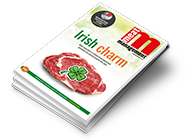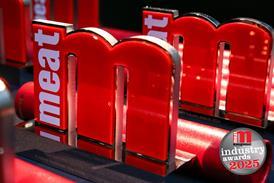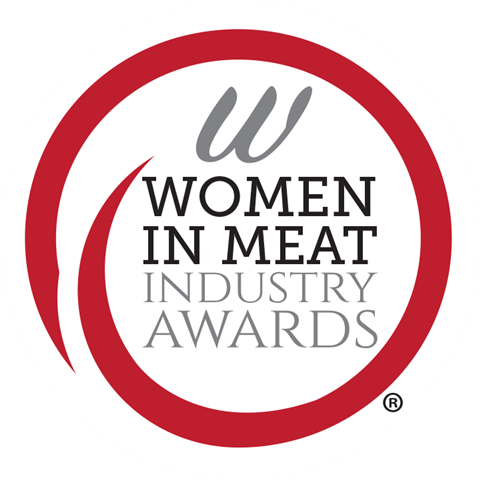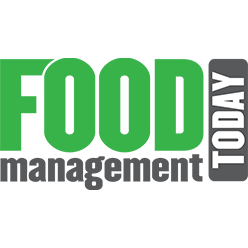Avara Foods has introduced a new agricultural programme lowering the stocking density in broiler farms throughout its farming supply chain.
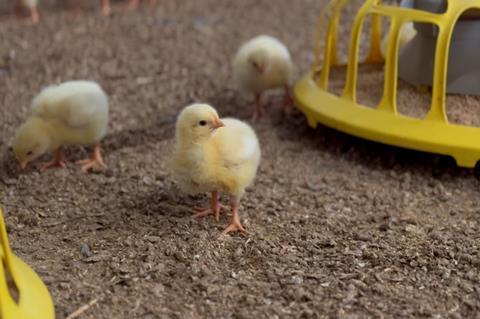
Chicks were placed on the final Avara Foods broiler farm to transfer to a new, lower stocking density on 29th March, and as of 10th April every broiler farm supplying Avara is operating at 30kg per square metre, which is a reduction from its previous Red Tractor stocking density of 38kg per square metre.
Positive change for consumers and farmers
Based on farm trials undertaken throughout 2024, Avara expects the new programme to further improve its “excellent” welfare performance and says that it should be a “positive change” for farmers, with more space in houses making it easier to review flock health and identify issues early.
In a statement, Avara says that the switch reflects “commitments by the majority of UK retailers to sell their core range of fresh primary chicken, a key purchase for over 90% of UK consumers, to birds reared at a lower stocking density” and that it “cements Avara’s position as a leading UK supplier of high-quality, natural and sustainable protein”.
“Switching our programme to a lower stocking density is another step forward in quality.”
Chris Hall, Avara
Incoming Avara CEO, Chris Hall said: “Switching our programme to a lower stocking density is another step forward in quality and higher welfare with our customers, supplied here in the UK to standards shoppers can trust.
“Our retail customers have made a commitment, and we know, though our insight, that consumers are increasingly interested in the welfare and sustainability credentials of the food they buy. That’s why it’s been important for us to carefully manage those requirements: improving welfare while reducing our environmental footprint, while recognising that our cost of production must remain competitive, here in the UK to protect food security for the public.”
David Neilson, Avara agriculture director, added, “We’ve been achieving best-in-class welfare outcomes for a few years now, the drop in stocking density is an investment in bird welfare and we know all measurable areas of welfare will improve further. Bird activity is also a key indicator of health and, with more space, flocks are more active and display more natural behaviour traits. Feedback from farmers already working to the lower stocking density model has been positive.”
Making up more than 50% of UK meat consumption, the demand for UK poultry remains high.
Commenting on the importance of a secure food supply chain, Hall stated: “We already import almost half of the poultry we consume. Unless we value and protect our home-grown production, and the standards it represents, the risk is that we are more reliant on other countries, at a time when the global picture is rapidly changing. We have to be able to look after ourselves in an uncertain world, and food security, alongside energy and defence is critical to that.” He argues that to maintain standards and ensure a secure supply chain for British shoppers, it is “critical” that there is a “level playing field” for UK produced poultry product versus imports.
